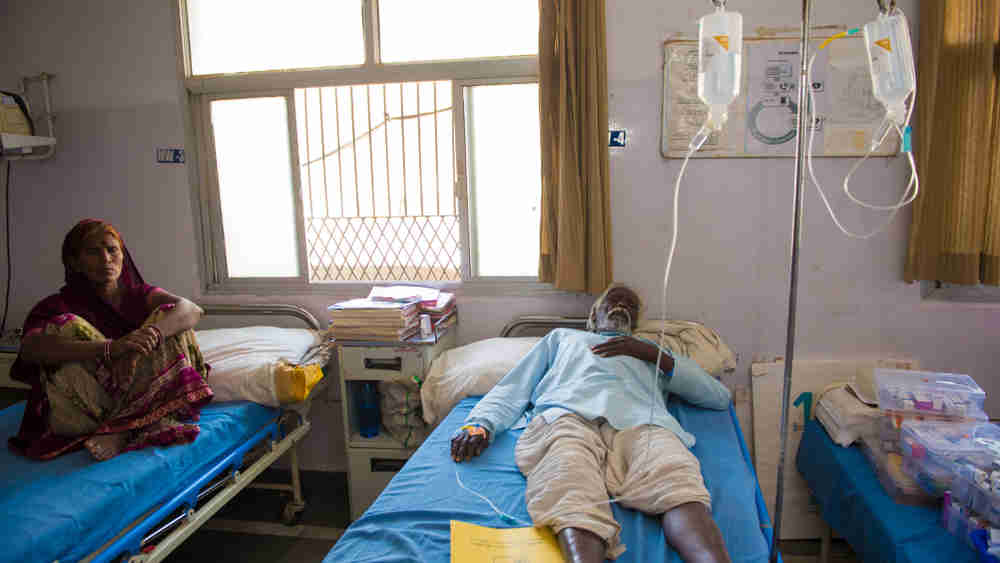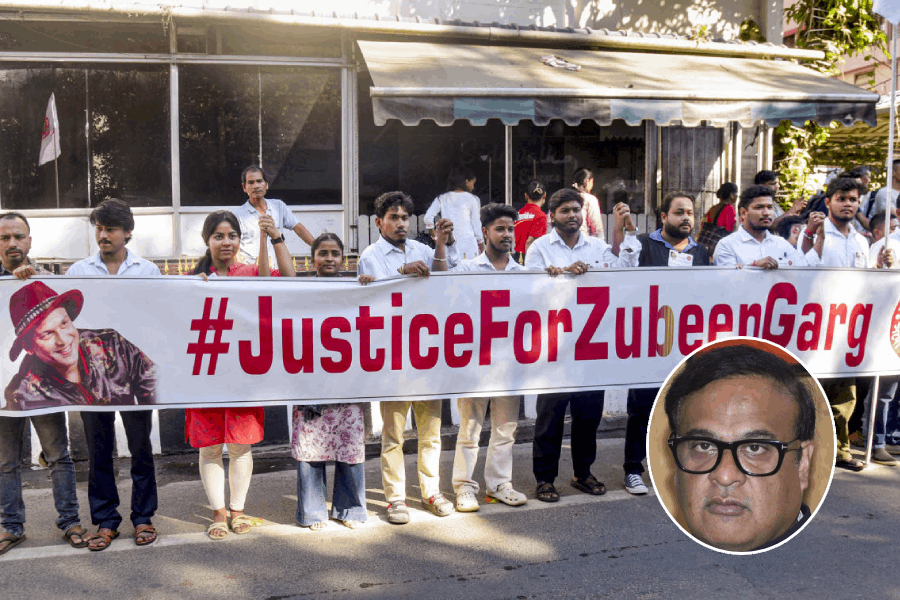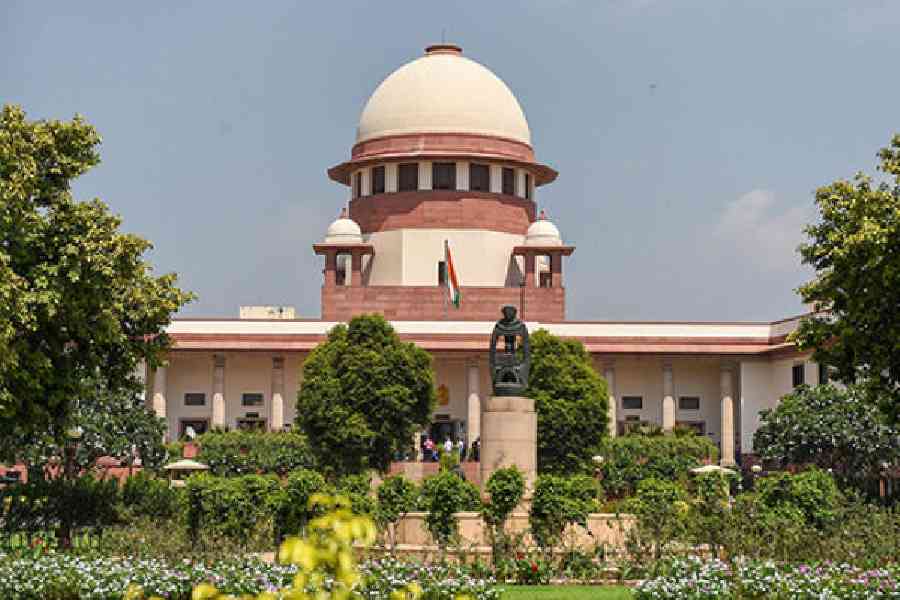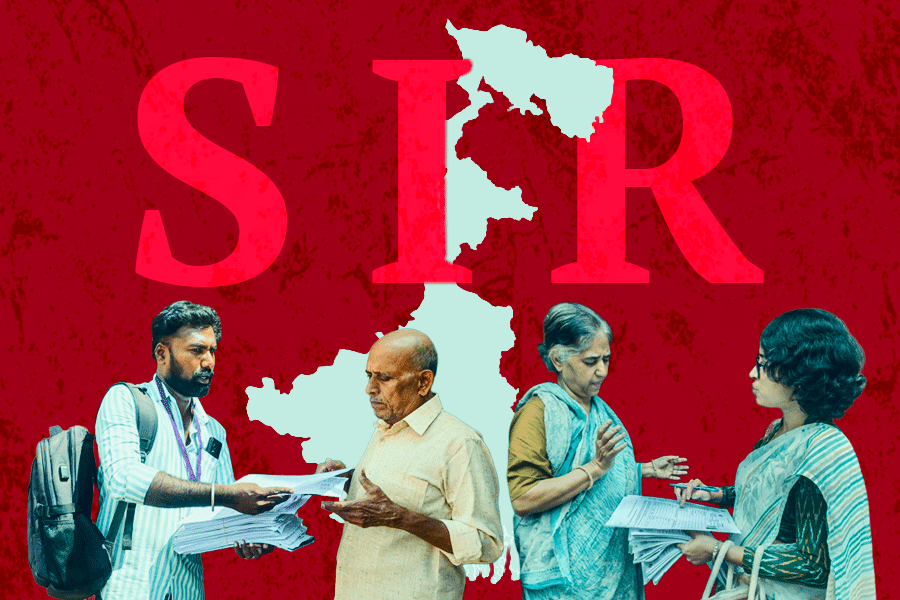That inequality lies at the root of the ill health of a population is not new; this fact has only been thrown into sharper focus by the Covid-19 pandemic. The findings of the Oxfam report, Inequality Report 2021: India’s Unequal Healthcare Story, which documents the existence of sharp inequalities across caste, class, gender and religion-based categories on several health indicators, are a testament to the prevailing challenge. India’s reduced health budget, persistent under-funding of its public healthcare systems and its focus on encouraging private — but often unaffordable — healthcare entities have led to the deepening of disparities in people’s access to medical services. The data are suggestive of a discernible advantage enjoyed by affluent constituencies over those belonging to socially disadvantaged groups such as scheduled castes and scheduled tribes. Other kinds of binaries are also at play. Hindus have greater healthcare capital than Muslims, as do men over women and urban populations over their rural brethren. Data bear out the anomalies. As much as 12.6 per cent more children are stunted in SC households than those in general category homes; 8 per cent less children are immunized in Muslim households; a woman from the general category lives, on an average, 15 years longer than a Dalit woman.
Worryingly, these crevices afflicting the welfare model have only been widened by Covid-19. The implications of social discrimination in a country that has five beds and 8.6 doctors for every 10,000 people and where the rural population, comprising 70 per cent of the national population, has access to barely 40 per cent of the beds can only be troubling. Significantly, not only do those in lower income brackets face more visits to hospitals and Covid centres on account of compromised personal health than the rich, but are also subject to five times more discrimination upon testing positive. The absence of universal health coverage has had a debilitating impact on citizens’ finances; out-of-pocket expenses are known to be a cause for penury in India. Insured citizens are not immune to financial challenges either. After the massive spike in cases during the second wave, 50 per cent of insurance claims got rejected while those that get processed yield only 60 per cent of the amount. Greater public health allocations — Telangana and Himachal Pradesh have undertaken such a measure — have had a positive effect on health outcomes during the pandemic. There are also lessons to be learnt from Kerala’s multi-layered pandemic health system — offering basic services at the community level, an expanded primary healthcare coverage, more hospital beds and doctors — outlined by the report. Can Kerala’s approach to the health crisis serve as a model to be emulated by other states?











